Japan is the perfect opportunity for software vendors and ecommerce professionals looking to expand their global reach.
Writing about Japan, critic A.A. Gill said, “Today, even in the slough of a prolonged depression, it’s still the second biggest economy in the world, with a GDP as large as Britain’s, France’s and Germany’s combined. That’s astonishing, not least because Japan is about 1 1/2 times the size of the UK with twice as many people and only a third of its land habitable, yet it has no natural resources to speak of.”
Market Size
Japan has 128 million citizens compared to the United States’ 300 million and Germany’s 82 million. Japan also has the most amount of fixed and wireless broadband subscribers in the whole world, second only to the US, as indicated in these charts from the OECD.
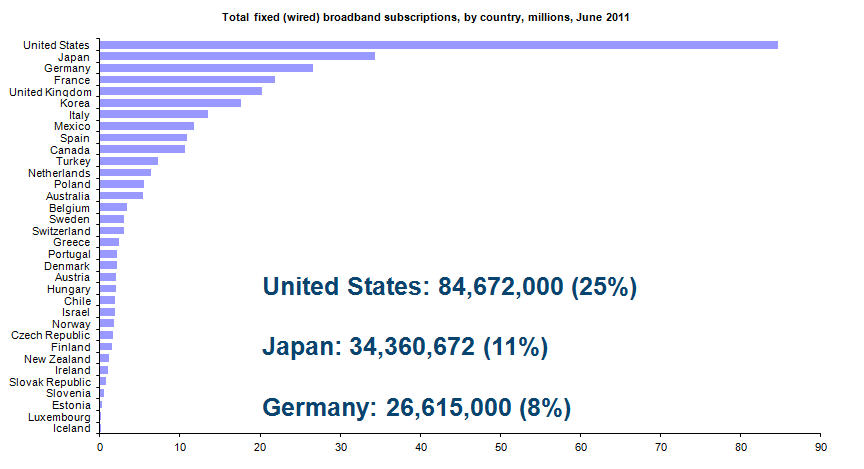

As you can see, the Japanese have over 100 million wireless subscriptions, about 17% of the total global number. But do Japanese people shop online? If we take a look at this chart from Forrester Research, we see the US online retail market is expected to grow with a compound annual growth rate (CAGR) of 9.16%.
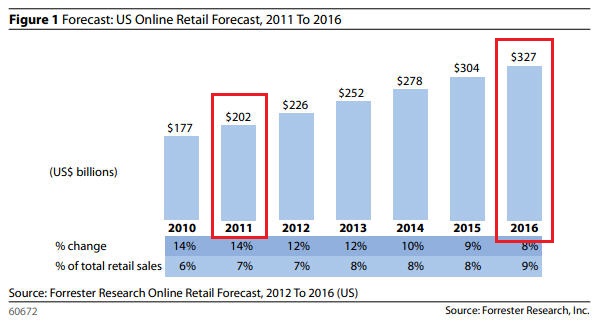
In a separate Forrester report we see that the Japanese market is expected to grow at a higher rate (9.6% [CAGR]) than even the US market.

According to these reports 80% of Japan’s citizens are online and 70% of those people are shopping online. Additionally, 7% of mobile users make monthly purchases with their devices.
Once you decide to enter the Japanese market, there are four key elements to keep in mind if you want to ensure success: web design, payment methods, product testing, and customer support.
Localize Web Design
Localizing web design is not as simple as translating the words. For example, here is an American version of the 7-11 homepage:
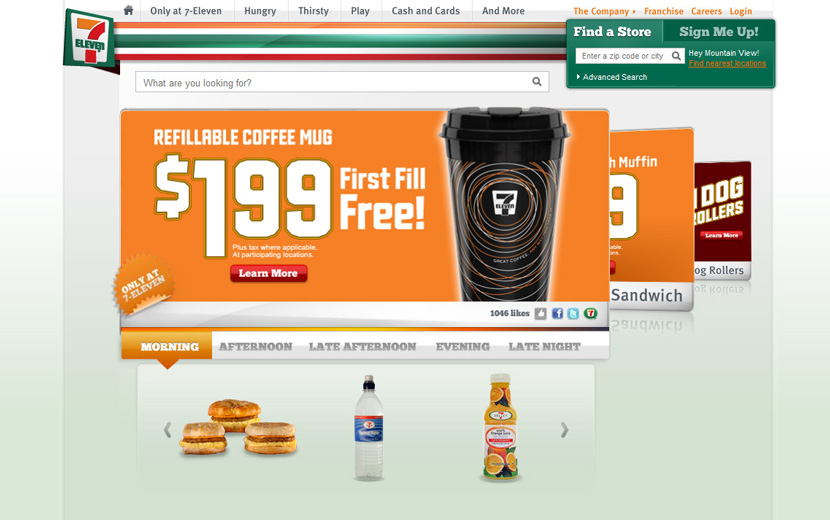
If one were to simply translate the text on the page the result might look something like this:
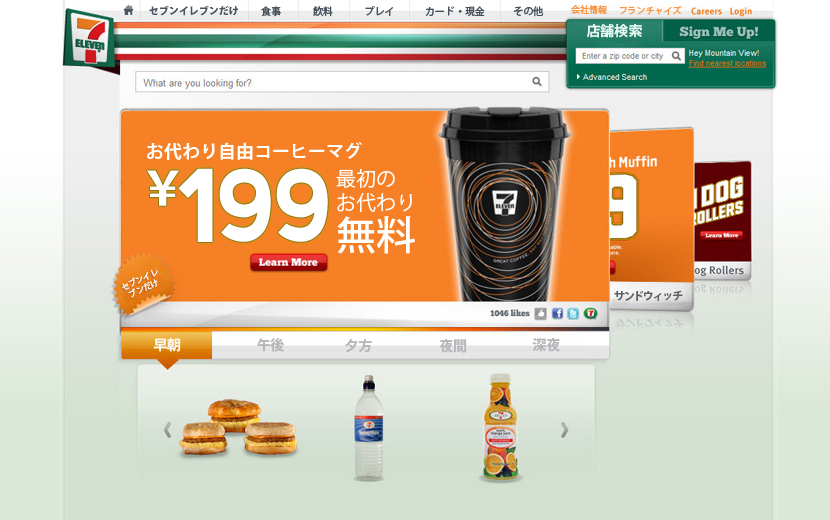
And yet, if one visits the Japanese homepage for 7-11 they see this instead:

The lesson here is that translation does not equal localization. Japanese people have a different design aesthetic than the West and any localization projects must be proof read by a native industry expert.
Localize Payment Method
Besides the page design, Japanese customers also require certain payment methods. While credit cards are widely used in online transactions, software companies must also allow visitors to pay with the Konbini method.
If you are unfamiliar with this type of payment, it works like this:
- A customer orders a product online.
- The customer is given a receipt to print at home.
- The customer has six days to go to a convenient store and pay with cash, after which the product is then sent to the customer.
Allowing Konbini payment method provides online shoppers who do not use credit cards a chance to buy your software. It is convenient for them and provides little risk to you.
Localize for Product Testing
The last thing you want is for a customer to encounter errors because you didn’t test your product on locally manufactured computers. Just because your product functions well on a Sony VAIO does not mean it will function properly on a Toshiba DynaBook or a Panasonic Let’s Note. An additional point to bear in mind is the language of the error message. Since English fluency is rare amongst Japanese natives, you must make sure that the error message is in Japanese.
If you don’t test the product in Japanese hardware environments, and if your error message is in Japanese, you risk upsetting the Japanese customer who expects an error-less experience and is not hesitant to go to online forums claiming they have been scammed by your company. The solution that prevents these types of errors is to test, test, test on all the different platforms.
Localize for Customer Expectations
The image above has been translated from an actual Japanese website. It effectively communicates which times of which days are the best and worst times for a customer to call in for support.
Notice the average waiting times. It indicates that Japanese customers expect immediate response times; measured in seconds, not minutes.
But there is a more subtle message here. The red blocks show the company is managing their customers’ expectations by informing them that there are certain times where they can expect to wait longer than is preferred for a representative to pick up the phone.
As we said before, the Japanese have a high expectation for quality service. By explicitly providing information on what levels you can and cannot provide, you minimize the risk of offending your customers.
Keystone
Entering the Japanese ecommerce market requires more than translating your website into a foreign language. It requires localizing the entire customer experience, from how your software performs works on native machines to how you provide support.
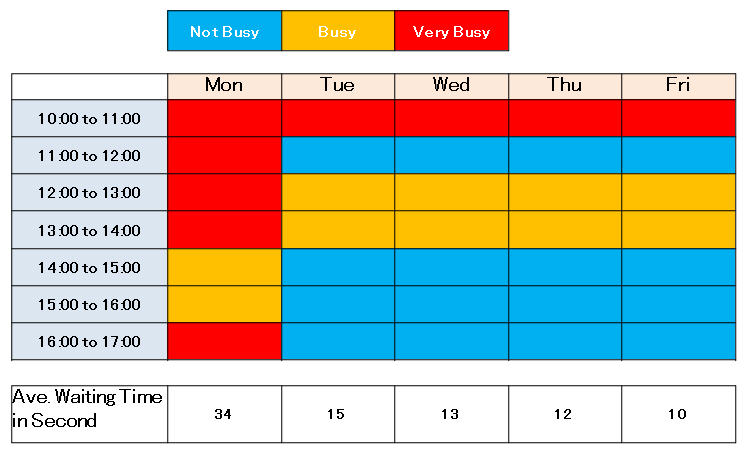
Thank you, Yosuke, for these detailed information! I don’t know any other places on the web with such unique facts.